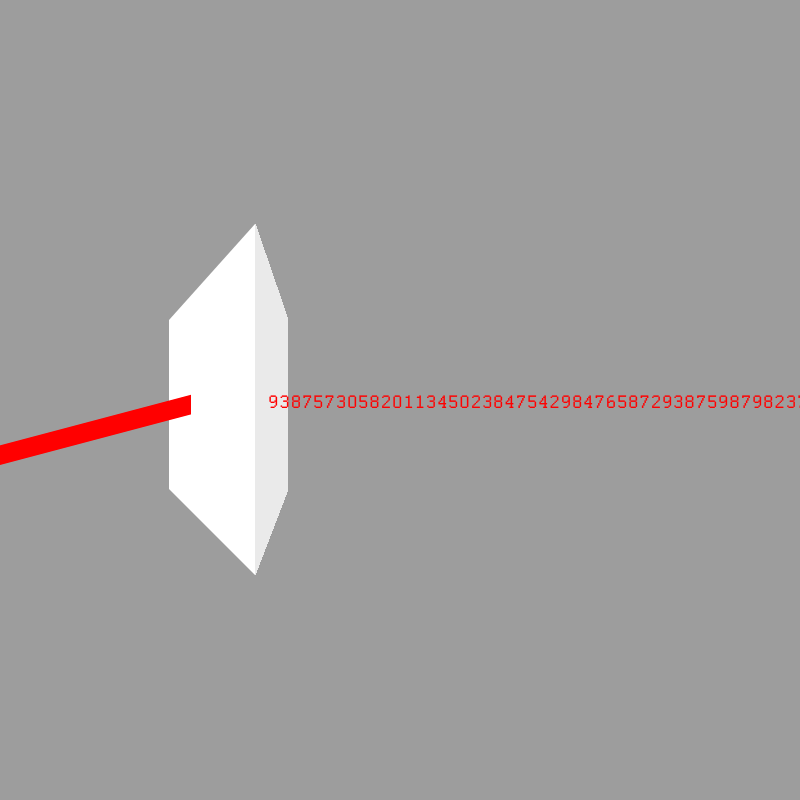
We always have been fascinated by random numbers. From lotteries to rolls of dice, they have attracted us to expecting something unpredictable.
Attracted to this randomness, researchers relied on both quantum mechanics which works on subatomic particles, and Albert Einstein's theory of relativity to create numbers that are guaranteed to be totally random.
In the modern age of computers and internet, creating random numbers isn't at all new. Computers have used random numbers to create keys, which lock or unlock encrypted data. From emails, credit cards, encrypted messages and more others, they all relied on the randomness of numbers to ensure security, and computers can be programmed to do this.
However, the randomness of these numbers are created using algorithms that seemingly create arbitrary string of numbers. Which means, the method is still susceptible to attacks.
Experienced hackers can tamper with this random number generator and the algorithms, to learn its principles in order to figure out the next number it's going to create.
But with quantum mechanics, the probabilistic nature of subatomic particles can produce strings of numbers that are guaranteed to be random.
Researchers at National Institute of Standards and Technology (NIST) in Boulder, Colorado, have developed a method for generating these totally random numbers using quantum mechanics, by generating digital bits that include 0s and 1s, with photons, which are particles of light. Then a laser is directed to a specialized crystal which converts the light into pairs of photos that are entangled.
These photons are then measured to produce truly random numbers.
"If you sent in some team of people to examine our experimental components as closely as they wanted and then have them try to come up with a prediction for what these random numbers would be afterwards, there's just no way they could predict them," said the study co-author and mathematician Peter Bierhorst at NIST.

This is possible because using quantum mechanics, the outcome can truly be random. So for example, a photon that is pointing up or down, before being measured, it has a 50 percent chance to be pointing up or down. But when the measurement happens, the outcome will be certifiably random.
Even when the researchers repeated the quantum experiment by preparing the photon on one initial state, subjecting it to the exact same conditions, the outcome can still end up totally different.
"Suppose I'm giving you a photon," Bierhorst explained. "And I say, 'Oh it's in a superposition state of up and down.'" Upon measurement, the photon turns out to be down, an outcome that nobody should have been able to predict in advance, he said.
This happens because the outcome of "flipping" that tiny quantum particle only exists as probabilities until the moment it "lands." What this means, electrons, photons, and atoms are actually random.
In the test, the researchers sent two photons to opposite ends of their lab, separated by a distance of 187 meters. Because the photons are entangled, they always returned coordinated results. So if one of them was pointing up, the other was always down.
The two photons serve as a check on one another, guaranteeing that they were actually in a superposition state before the measurement takes place, and that their results are genuinely random, the researchers said.
The technique's first real-world use is designed to be incorporated into NIST's randomness beacon, a public source of randomness for researchers studying unpredictability, Bierhorst said. And in the future, it could be implemented for other usage, shrunk to the size of computer chips, which could then be used to create "unhackable messages," added Bierhorst
When this happens, nobody will ever uses those algorithm-based numbers for encryption again.